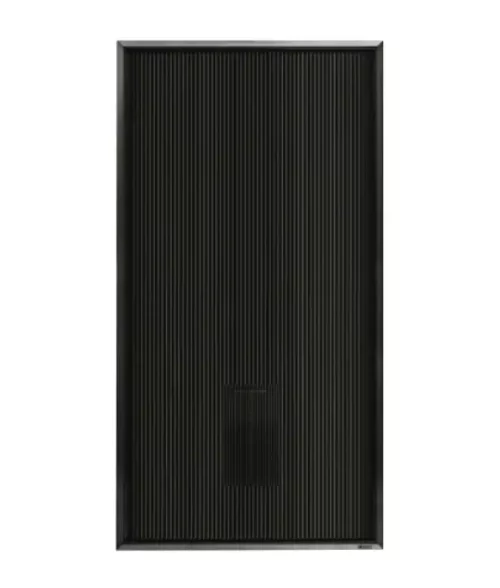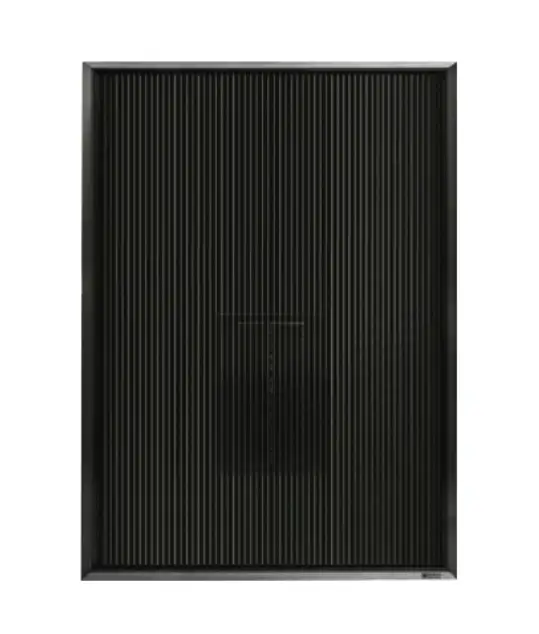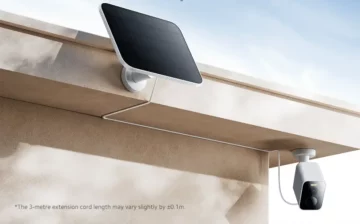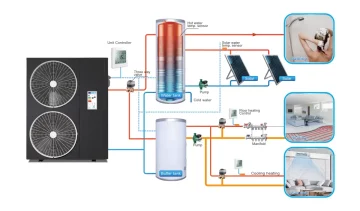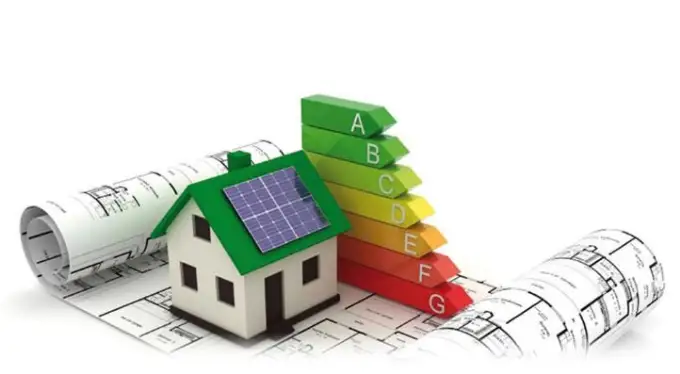Air heating: what happens, where it is used, what is unique
Air heating is an engineering system that has been working for the benefit of mankind since time immemorial. The first achievements in this area belong to the Romans who used air and water heated in furnaces inside the cavities in the floor and walls of buildings. Modern air heating options are widely used in the premises of domestic, commercial, and industrial purposes of various volumes.
How air heating works
Air heating of buildings involves the use of air mass as a coolant. It is submitted to the heating element, after which it is filtered and delivered back to the room.Air mixing is forcibly by means of a fan.
The air can serve as both the primary coolant and secondary if it is heated when passing through a water heat exchanger. In the walls and under suspended ceilings, ducts are usually equipped.
A variety of energy for the functioning of the heater and its type can be chosen according to its preferences and the availability of certain resources. Air cleaning filters used to operate air heating devices require regular replacement. Additionally, specialized filtration systems can be used:
- electronic;
- Antinocotin.
Air heating systems: strong and weaknesses
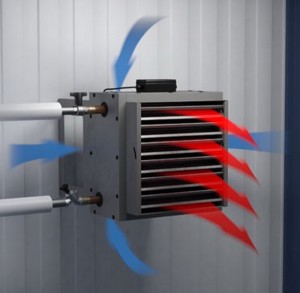
The advantages of air heating systems are quite significant.
- The main advantage of air heating is its economic feasibility. Its cost is on average 30% lower than the water heating system.
- Air heating is controlled directly by hand or automatically, which allows you to reduce the cost of paying for the resource used for the operation of the heating system.
- Installation of air heating units is cheaper than installing equipment for using water as a coolant.
- Air heating of houses and other residential premises allows you to create an aesthetic interior since it is outwardly imperceptible: the systems of pipes and batteries, where dirt and dust often accumulate are not used.
- Most options for heating devices for air heating systems are permissible to mount independently, their launch can be carried out at any time of the year (including at a temperature below 0 ° C).
- Air heating devices simultaneously operate as ventilation, which significantly reduces the costs of the equipment of engineering structures of the room. In this heating system, you can integrate channel air conditioners that provide, if necessary, cooling the rooms.
- The use of air heating allows you to quickly raise the temperature in the room regardless of the season.
- The desired temperature regime in rooms for various purposes can be designed in advance, independently calculating the necessary parameters. Air heating systems of industrial premises allow you to create a highly -accurate microclimate required according to regulatory documents.
The world practice of operating devices for air heating did not reveal serious shortcomings in their functioning. They are universally used in the USA, Canada, and European countries. In Russia, today the use of water heating systems for buildings remains a traditional option, although they have much lower efficiency, are costly on materials and equipment, and also require a professional approach to design and installation.
What are the methods of heating air?
Classification of air heating systems takes into account:
- type of energy source used for their operation;
- location of the heating device;
- system design features;
- Air circulation method;
- the presence of a recuperator;
- Air heating method.
The method of circulation of air has a significant impact on the energy intensity of the heating system:
- Air heating combined with supply ventilation is an expensive option since powerful equipment is required to warm large volumes of street air;
- The method of air heating with complete or partial recirculation involves heating the air from the room without an influx of external atmospheric masses or with slight use.
Air heating systems, depending on the energy source used, have different efficiency.
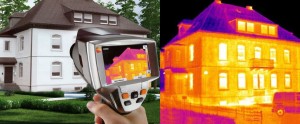
- Electric systems are completely dependent on the uninterrupted supply of the building with electricity. Its planned or emergency shutdown, as well as the relatively high cost of the resource – are serious disadvantages of electric air heating.
- Gas systems are one of the most economically attractive, but a gas line is needed for their operation.
- The wood-heating systems and coal systems have both advantages and disadvantages. They require the release of a place for the storage of fuel and have low efficiency, however, they make it possible to achieve some autonomy and independence from the presence of gas and electricity.
- Solar air heating allows you to use the free energy of solar heat and light, available at any point in the globe. Systems of this type work through intermediate water heating or paired with an electric heater.
The use of air collectors for heating premises
The heating of any room can be partially or fully carried out due to the use of solar collectors. The disadvantage of air heating systems of this type is a lack of solar radiation power in some regions of Russia or an abundance of cloudy days. The solution to the issue is the use of batteries or backup devices for heating.
The use of helio panels for arranging air-heating domed houses and other country residential buildings has proven itself. They are highly valued for the possibility of creating completely autonomous and fireproof engineering heating systems. Air heating of pools, greenhouses, vegetable stores, and other specialized objects using a renewable energy source is becoming increasingly popular.
Watch the catalog of heating devices

